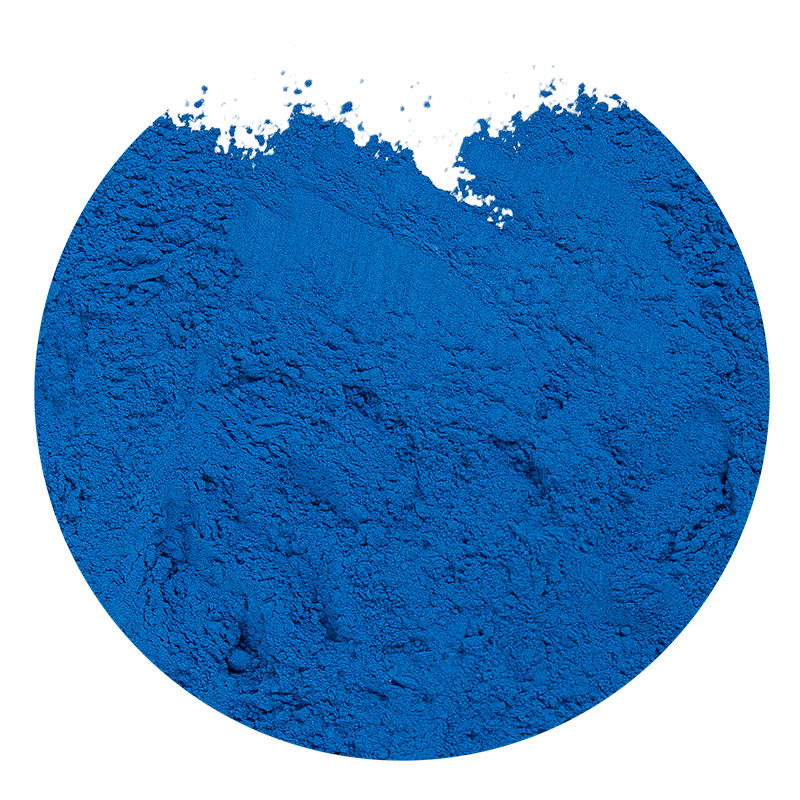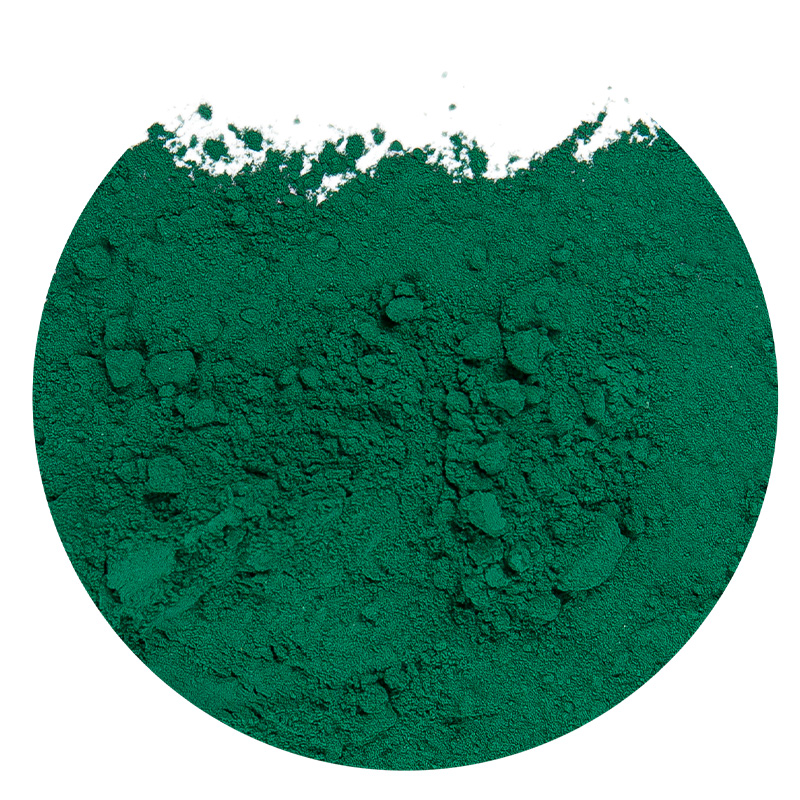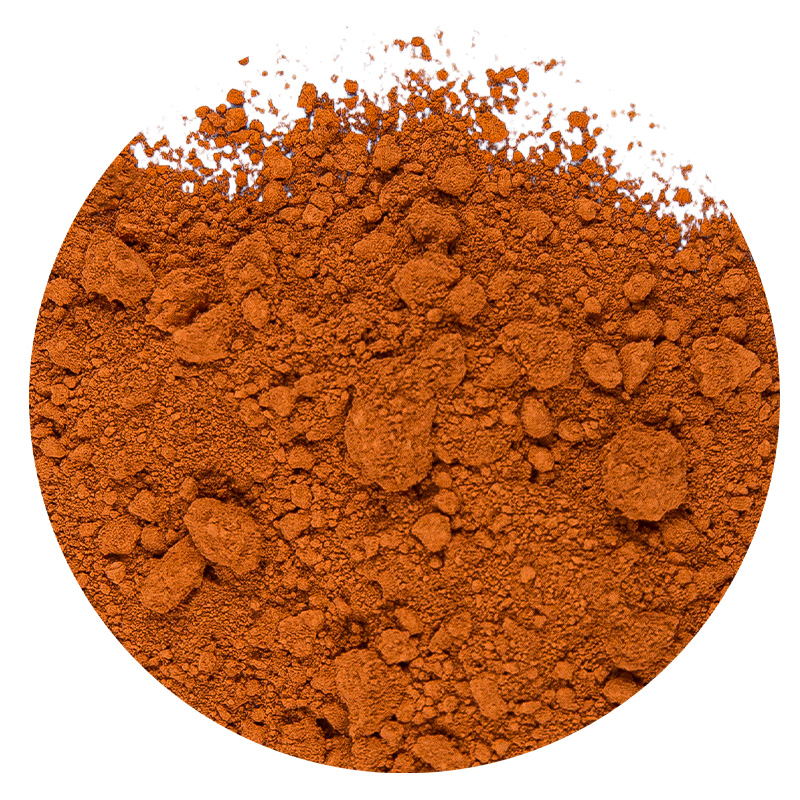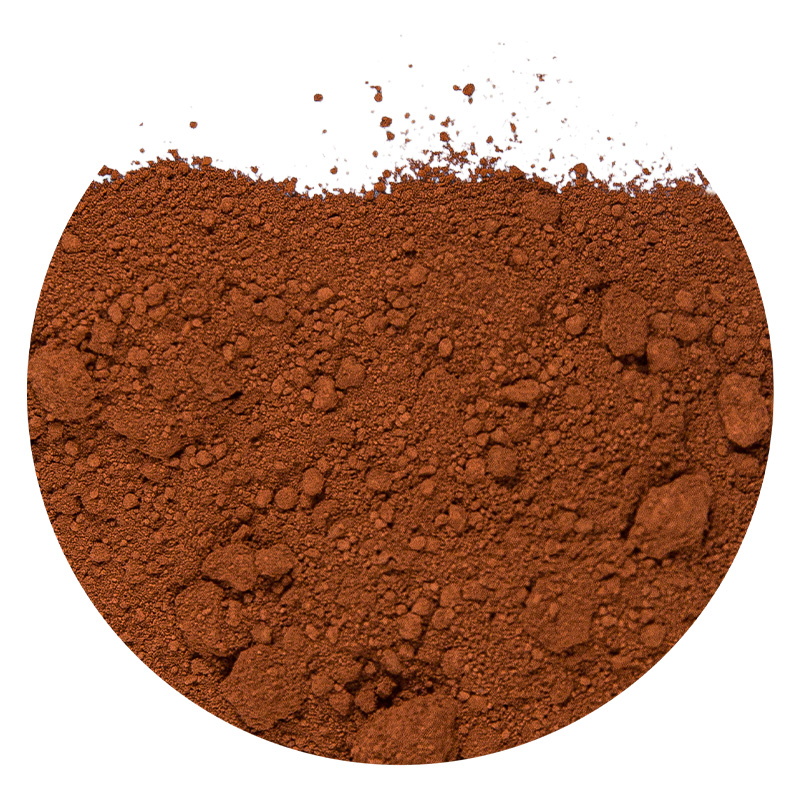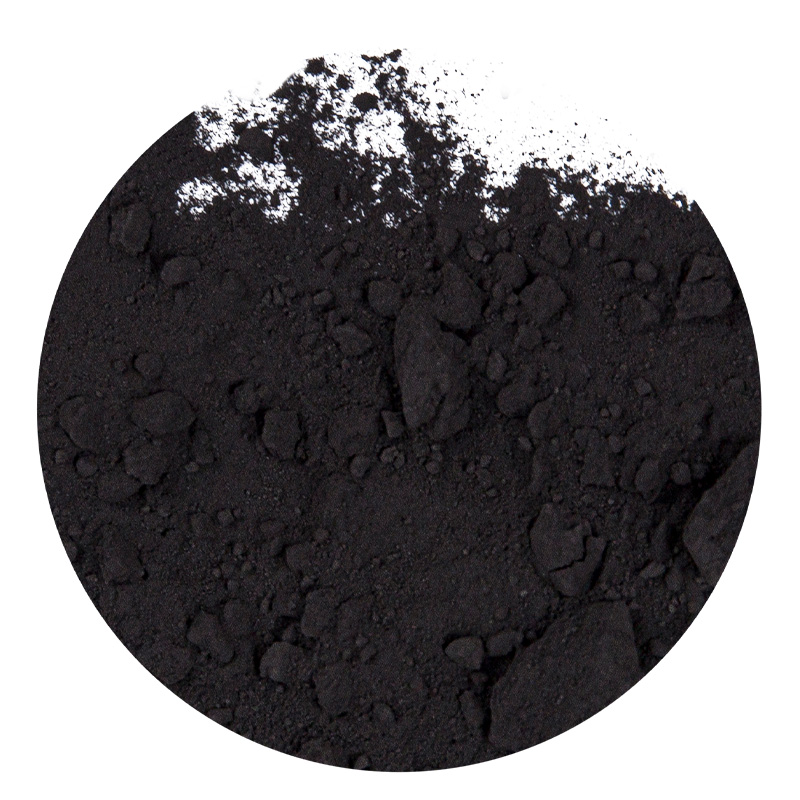Comprehensive analysis of cosmetic-grade Iron Oxide Blue: from safety certification to market trends
Iron Oxide Blue is a pigment widely used in cosmetics, painting, industry and other fields. In recent years, with the rise of clean beauty, Non-toxic Iron Oxide Blue has become a popular choice for cosmetic formulations due to its safety.
1. How to choose cosmetic-grade Iron Oxide Blue pigment powder?
Key selection criteria
(1) Certification and regulatory compliance
FDA certification: Ensure that the pigment meets the requirements of the U.S. Food and Drug Administration (FDA) for cosmetic pigments (21 CFR 73).
ECOCERT/COSMOS: If the product is labeled "natural" or "organic", it must comply with the EU organic certification standards.
Heavy metal detection: Qualified products should provide reports on the content of heavy metals such as lead (Pb), arsenic (As), and mercury (Hg), which are usually required to be less than 10ppm.
(2) Physical and chemical properties
Particle size: Cosmetic grade is usually micron-sized (not nano-sized) to reduce the risk of skin penetration.
Lightfastness: High-quality Iron Oxide Blue is not easy to fade under UV radiation and is suitable for long-term use of color cosmetics.
pH stability: The color should be stable within the pH range of 4-9 to avoid reactions with other ingredients in the formula.
Recommended products
Mineral foundation: Add 1-3% to adjust the color tone.
Eyeshadow & lipstick: Choose a high-purity, impurity-free version to avoid irritating sensitive areas.
Soap & candle: If used in non-stay-on products, some standards can be relaxed.
2. Why do clean beauty brands prefer Non-toxic Iron Oxide Blue?
Market trend drive
Changes in consumer demand: The global clean beauty market will grow by more than 20% in 2023, and consumers are more concerned about the safety of ingredients (data source: Statista).
Tightening regulations: The EU has restricted certain synthetic pigments (such as certain azo dyes), prompting brands to turn to mineral pigments.
Advantages of Non-toxic Iron Oxide Blue
No heavy metal risk: Meets strict heavy metal limit standards, suitable for sensitive skin and pregnant women.
Sustainability: Compared with synthetic pigments, mineral pigments have lower carbon emissions during production.
Strong stability: Not easy to oxidize, which can extend the shelf life of cosmetics.
Industry application cases
Clean makeup brands: More and more brands emphasize "using mineral pigments" in product descriptions to enhance trust.
Clean beauty certification: Products certified by COSMOS or EWG usually give priority to high-purity Iron Oxide Blue.
3. Revealing the Iron Oxide Blue in your eyeshadow palette: Is it safe?
How to judge safety?
(1) Check the ingredient list
Compliant products should be labeled "CI 77499" (the international name for iron oxide blue) instead of the vague "Blue Pigment".
Be wary of "Ferric Ferrocyanide" (ferrous ferrocyanide, industrial-grade blue pigment, not suitable for cosmetics) in the ingredient list.
(2) Identify potential risks
Industrial-grade mixing: Low-priced eyeshadows may use unpurified industrial pigments, resulting in excessive heavy metals.
Nano-level risks: Some "ultra-fine" pigments may penetrate the skin, so it is safer to choose non-nano-level ones.
(3) Simple self-test method
Friction test: Apply a small amount of eye shadow on white paper. If it fades severely or leaves oil stains, it may contain inferior pigments.
Brand transparency: Reliable brands will disclose third-party test reports, which consumers can request by email.
Safe use recommendations
Sensitive skin test: Before using a product containing Iron Oxide Blue for the first time, do a 24-hour patch test on the inside of your arm.
Prioritize certified products: such as the EU ECOCERT, US EWG Verified and other logos.

 English
English عربى
عربى русский
русский Español
Español